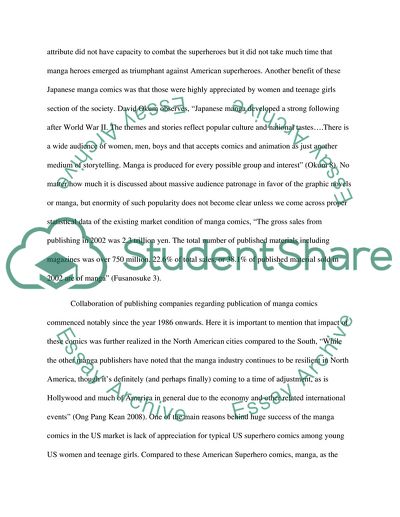Cite this document
(“The use of Graphic Novels as an Educational Tool Research Paper”, n.d.)
The use of Graphic Novels as an Educational Tool Research Paper. Retrieved from https://studentshare.org/media/1741282-the-use-of-graphic-novels-as-an-educational-tool
The use of Graphic Novels as an Educational Tool Research Paper. Retrieved from https://studentshare.org/media/1741282-the-use-of-graphic-novels-as-an-educational-tool
(The Use of Graphic Novels As an Educational Tool Research Paper)
The Use of Graphic Novels As an Educational Tool Research Paper. https://studentshare.org/media/1741282-the-use-of-graphic-novels-as-an-educational-tool.
The Use of Graphic Novels As an Educational Tool Research Paper. https://studentshare.org/media/1741282-the-use-of-graphic-novels-as-an-educational-tool.
“The Use of Graphic Novels As an Educational Tool Research Paper”, n.d. https://studentshare.org/media/1741282-the-use-of-graphic-novels-as-an-educational-tool.


